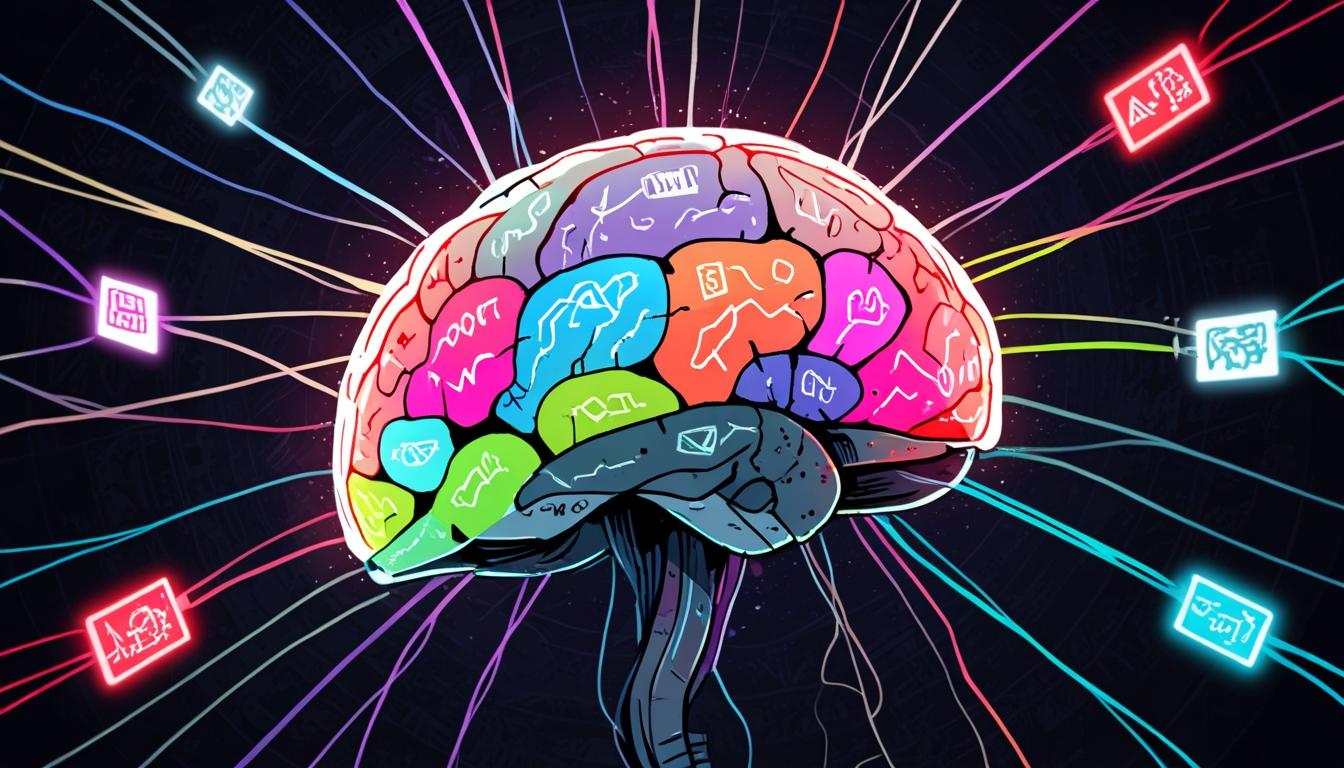In the rapidly evolving landscape of artificial intelligence, the phenomenon of "AI hallucinations" poses a significant challenge, raising concerns for businesses and consumers who increasingly rely on these technologies for accurate information. Recent research underscores that these fabrications—instances when AI models confidently generate false information—are becoming more prevalent, not less.
A pivotal study, detailed in the Pervasive Hallucination Assessment in Robust Evaluation (PHARE) dataset, highlights that hallucinations remain a stubborn issue even as language models like GPT-4, Claude, and Llama advance their capabilities. This analysis, published on Hugging Face, assessed various large language models across 37 knowledge categories and found that hallucination rates can exceed 30% in specialized domains. The findings are troubling, indicating that rather than diminishing, the occurrence of these misleading outputs may be on the rise.
User interactions with AI systems may inadvertently exacerbate the issue. A report highlighted by TechCrunch reveals that when users request shorter responses from AI chatbots, the propensity for hallucinations increases. The pressure for conciseness seems to push models to sacrifice accuracy, contradicting the widely held belief that brevity fosters precision. Such trends not only complicate user experience but also threaten the integrity of information provided in critical fields.
The implications for industries such as healthcare, finance, and legal services are particularly daunting, with hallucinations potentially leading to severe consequences including financial losses and legal liabilities. Experts emphasize the necessity for rigorous testing and human oversight in these sectors. As articulated by a reporter from eWeek, the risks associated with misplaced confidence in AI-generated content could result in catastrophic outcomes that far outweigh the benefits of automated assistance.
Adding another layer to this discussion, New Scientist points to the architectural design of these models as a root cause of the hallucination issue. Many are built to predict the next word in a sequence rather than to convey factual knowledge, inherently embedding inaccuracies within their frameworks. Researchers involved in the sector, like Sarah McGrath, PhD, have observed a correlation where models often express their highest confidence precisely when fabricating information, further complicating the trustworthiness of AI outputs.
From an economic perspective, strategies to enhance AI’s accuracy face conflicting pressures. As noted on social media by an AI researcher under the handle Hypervisible, companies are often caught between the necessity of implementing rigorous safety measures—which can slow down deployment and increase costs—and the need for rapid innovation. This tension necessitates a balanced approach that neither hampers progress nor compromises safety.
Several strategies have been proposed to mitigate the risks associated with AI hallucinations, including the establishment of fact-checking protocols, design adjustments that allow for the expression of uncertainty, and comprehensive user education regarding the limitations of AI-generated content. As these technologies become further integrated into workflows, the PHARE benchmark and similar evaluation frameworks will be crucial for assessing hallucination risks effectively.
While some optimism exists around reducing hallucination rates—evidenced by a decrease from 40% in ChatGPT 3.5 to 29% in ChatGPT 4—forecasts predicting the eradication of such inaccuracies by 2027 remain speculative. Industry experts advocate for maintaining human oversight in AI-assisted decision-making, especially in contexts where the stakes are high. Ultimately, acknowledging that these systems are probabilistic rather than authoritative remains a critical distinction for users and developers alike to navigate the complexities of AI interactions responsibly.
The road ahead requires a concerted effort from all stakeholders to enhance the reliability of AI outputs while taking proactive measures to safeguard against their inherent limitations. Acknowledging and addressing the nuances of hallucinations will be vital not just for fostering trust in emerging technologies, but also for ensuring that AI can fulfil its potential as a transformative force in society.
Reference Map
- Paragraphs 1, 2, 3, 4, 5, 6, 7, 8.
- Paragraph 6.
- Paragraph 2.
- Paragraph 7.
- Paragraph 4.
- Paragraph 7.
- Paragraph 5.
Source: Noah Wire Services
